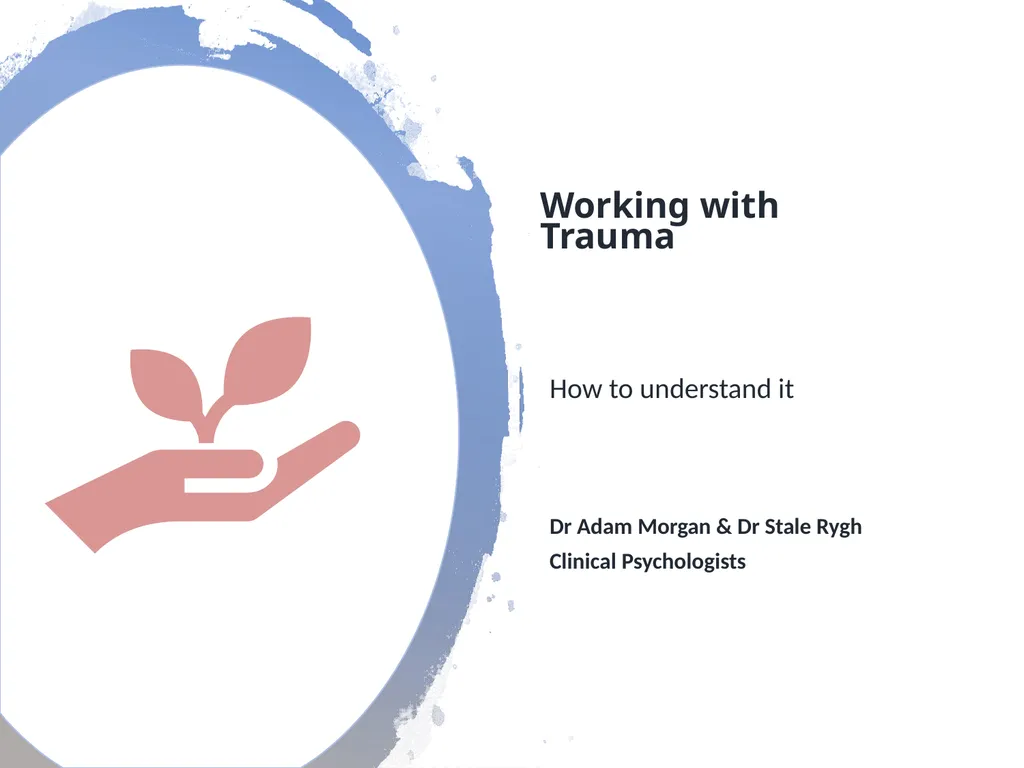
Working with Trauma How to understand it Dr Adam
Author: cheryl-pisano | Published: 2025-08-04
Description: Working with Trauma How to understand it Dr Adam Morgan Dr Stale Rygh Clinical Psychologists Training Outline Intro and session 1 1 hour Break 15 mins Session 2 1 hour Health warning.. Aims of the training Understanding the impact of
Download Presentation
Download the PPT/PDF: Download
Transcript:
Loading transcript…